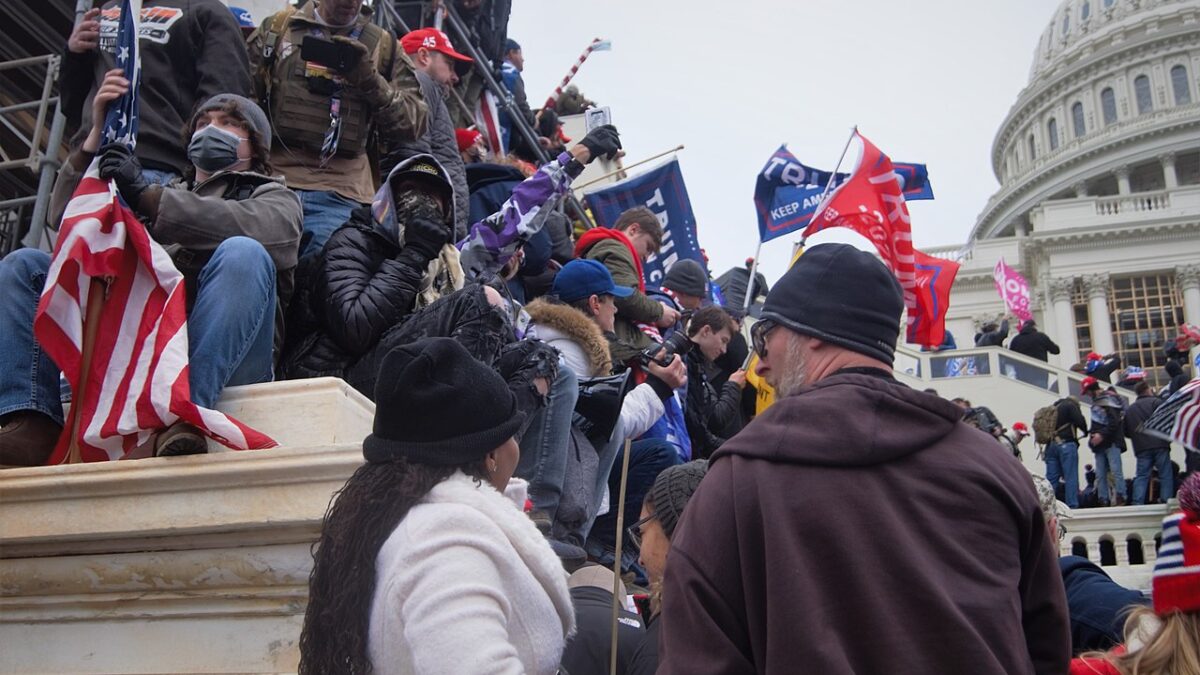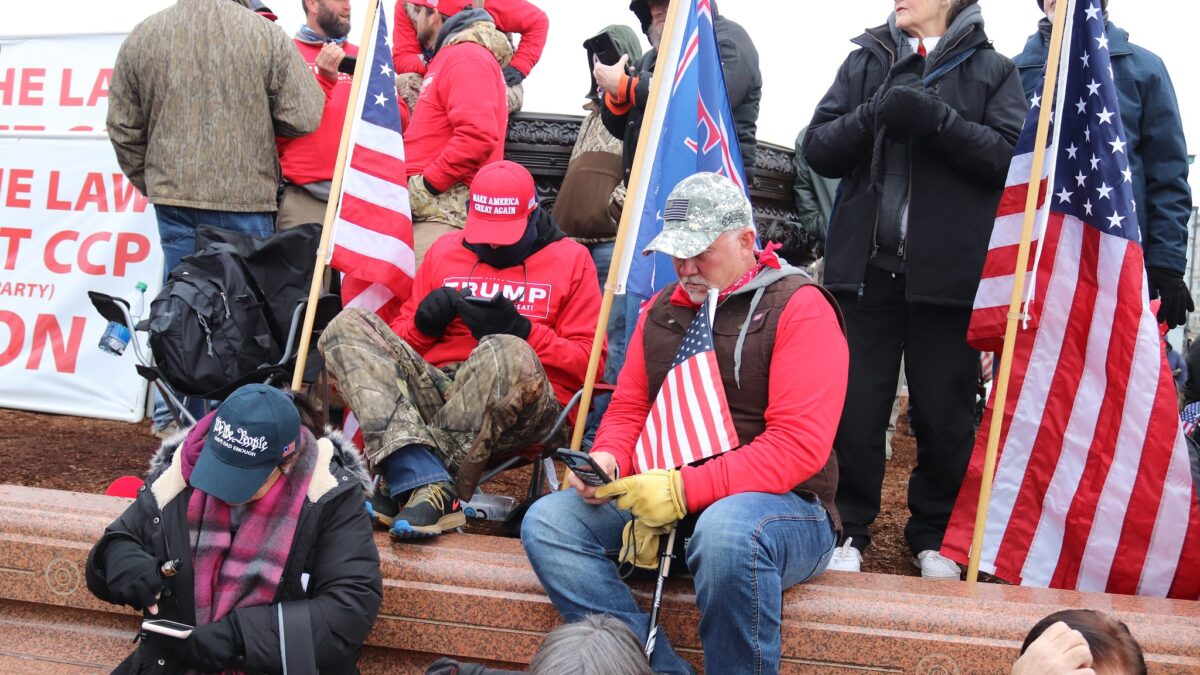
On Friday, the Supreme Court held in a 5-4 decision in Carpenter v. United States that the government conducts a “search” within the meaning of the Fourth Amendment when it acquires a person’s cell-site records from third-party wireless providers.
For the last year, legal commentators have promoted the Carpenter case as one of the “biggies” from this year’s term. The court’s opinion, which represents a landmark shift in Fourth Amendment jurisprudence, is that, but it is so much more. The Carpenter decision perfectly illustrates the public and the press’ failure to appreciate the proper role of the courts in interpreting the Constitution.
Sadly, the reasoning of the five-justice majority is no better. Here’s why.
How This Case Arose In the First Place
First, though, the facts. In 2011, police arrested four men suspected of robbing several Radio Shack and T-Mobile stores in Detroit. One confessed, telling officers that a crew of 15 different men had robbed a half-a-dozen stores in Michigan and Ohio over a four-month period. The suspect named names and provided police the cell phone numbers of the other robbers, including the defendant, Timothy Carpenter.
Police then obtained a court order under the Stored Communications Act requiring Metro PCS and Sprint, Carpenter’s wireless providers, to provide the government Carpenter’s cell-site records for the months the robberies occurred.
“Cell sites” are the radio antennas used to obtain a signal. “Each time a phone connects to a cell site, it generates a time-stamped record known as cell-site location information, CSLI,” which wireless carriers store for up to five years. That information allowed the government to map the location of Carpenter’s phone—and presumably Carpenter. This placed him “right where [four of the charged robberies were] at the exact time of the robbery.” Over Carpenter’s objection, the government presented that evidence to a jury, which convicted him.
Carpenter appealed his conviction, arguing the government violated his Fourth Amendment rights by obtaining the cell-site evidence without a warrant supported by probable cause. The Sixth Circuit rejected Carpenter’s argument. Carpenter sought review in the Supreme Court, which agreed to hear his case.
In Friday’s split decision, the justices reversed the lower courts and held that to obtain historic cell-site information from third-party providers, the government must obtain a warrant, supported by probable cause. This because acquiring the cell-site data is a “search” within the Fourth Amendment. Chief Justice John Roberts authored the majority opinion and was joined by the four left-leaning justices, while justices Anthony Kennedy, Samuel Alito, Clarence Thomas, and Neil Gorsuch all filed separate dissenting opinions.
What the Supers Said About the Case
In his majority opinion, Roberts concluded that obtaining cell-site information from third-party carriers constituted a “search” within the meaning of the Fourth Amendment because “an individual maintains a legitimate expectation of privacy in the record of his physical movements as captured through CSLI.”
In reaching this conclusion, the majority refused to apply the controlling precedent of United States v. Miller and United States v. Smith. Those cases held that a person had no expectation of privacy—and thus no Fourth Amendment interest—in records “voluntarily turned over to third parties.”
In Miller, the information consisted of financial records held by a bank, while Smith concerned the records of the dialed telephone numbers conveyed to a telephone company. The majority reasoned that cell-site information is different in kind and deserves constitutional protection. However, the majority also purported to limit its holding to historic cell-site records requested for more than six days, and stressed that it was not addressing other collection techniques such as real-time cell-site data or “‘tower dumps’ (a download of information on all the devices)” and that foreign affairs, national security, or other exigent circumstances such as a kidnapping, may justify a warrantless “search” of cell-site data.
All four dissenting opinions made clear that the Supreme Court’s Carpenter opinion contravened well-established precedent. “This case involves new technology, but the Court’s stark departure from relevant Fourth Amendment precedents and principles is, in my submission, unnecessary and incorrect,” Kennedy wrote. Noting that “[t]he Court has twice held that individuals have no Fourth Amendment interests in business records which are possessed, owned, and controlled by a third party,” Kennedy stressed that “[a]dherence to this Court’s longstanding precedents and analytic framework would have been the proper and prudent way to resolve this case.”
In addition to ignoring controlling precedent, the dissenting justices also stressed that the majority’s opinion was untethered from the text and original meaning of the Fourth Amendment, which protects “[t]he right of the people to be secure in their persons, houses, papers, and effects, against unreasonable searches and seizures.” “Treating an order to produce [records] like an actual search, as today’s decision does is revolutionary. It violates both the original understanding of the Fourth Amendment and more than a century of Supreme Court precedent,” Alito wrote.
This Is a Political Decision, Not a Legal Decision
Why, then, did the majority hold as it did? The dissents answer this question as well: “The desire to make a statement about privacy in the digital age,” Alito wrote of the majority opinion’s rationale, “does not justify the consequences that today’s decision is likely to produce.”
I must admit, as a matter of policy, I like Roberts’ statement about privacy and find the government’s ability to use cell-site records to track my every movement unsettling. But, as a matter of constitutional jurisprudence and legal analysis, the majority opinion is utterly unconvincing and sidesteps the difficult questions by summarily pronouncing the acquisition of cell-site information a “search” of Carpenter’s “persons, houses, papers, and effects,” within the meaning of the Fourth Amendment. The majority seems to reach this conclusion based on no better reason than that the public doesn’t like it.
But our constitutional system has a remedy for laws the people don’t like: change it legislatively. The Carpenter case involved a straightforward application of the Stored Communications Act, wherein, as Kennedy noted, “Congress weighed the privacy interests at stake and imposed a judicial check to prevent executive overreach.” “The Court should be wary of upsetting that legislative balance and erecting constitutional barriers that foreclose further legislative instructions,” he added.
Alito likewise stressed that “[l]egislation is much preferable to the development of an entirely new body of Fourth Amendment caselaw for many reasons, including the enormous complexity of the subject, the needs to respond to rapidly changing technology, and the Fourth Amendment’s limited scope.” Gorsuch agreed, writing: “When judges abandon legal judgment for political will we not only risk decisions where ‘reasonable expectations of privacy’ come to bear ‘an uncanny resemblance to those expectations of privacy’ shared by Members of this Court.”
Unfortunately, the majority’s approach in Carpenter is emblematic of the approach non-originalist justices have long taken in all areas of constitutional law: If it is a bad law, it is unconstitutional; if it is a societal good, it is a constitutional right. Another lesson of Carpenter: Chief Justice Roberts is no originalist.









